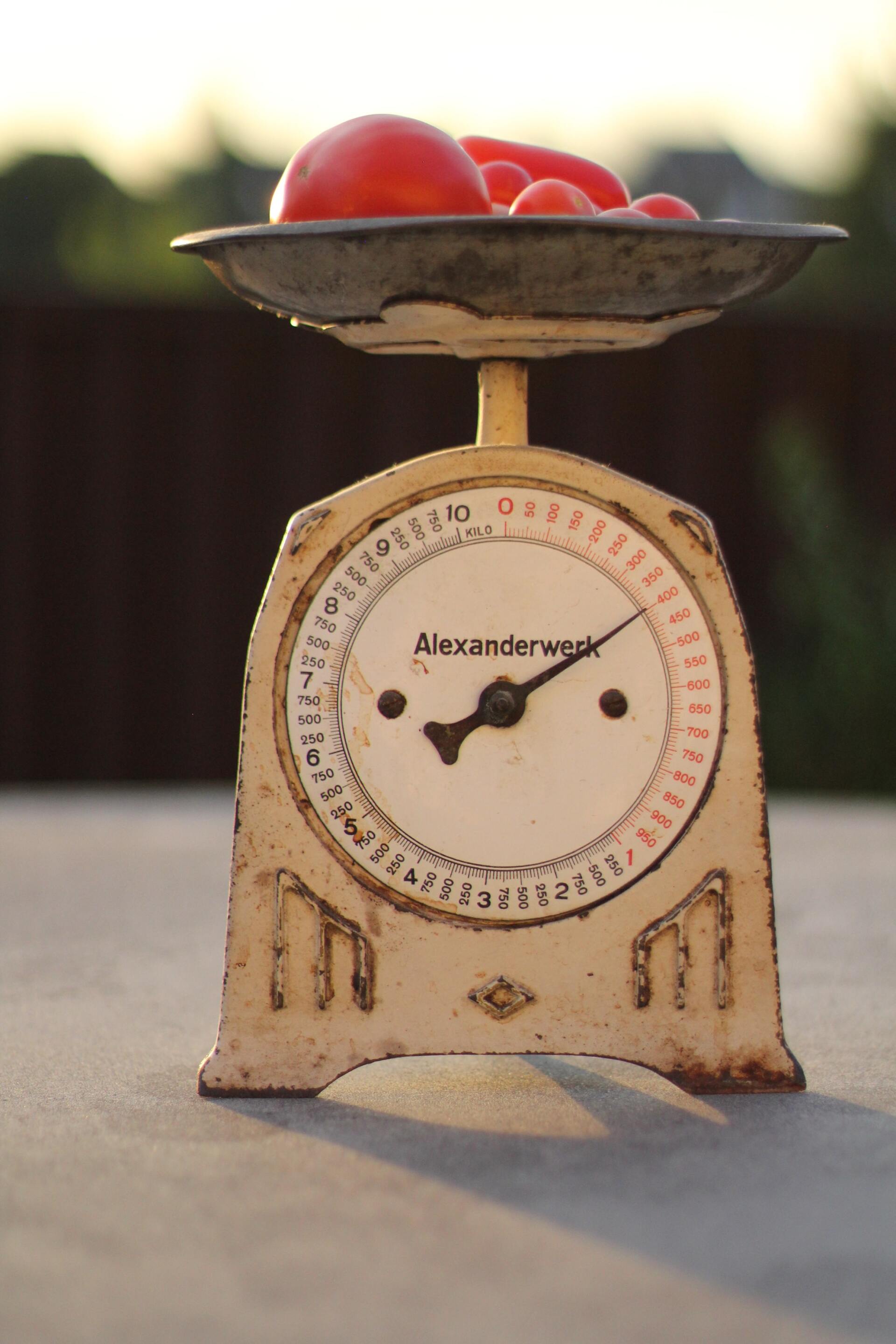Courier Shipping- What is the Difference Between Billable and Actual Weight?
Understanding Dimensional Weight
Courier rate tariffs are primarily calculated based on the weight of the package. But a 30x30x30 box of feathers weighing 5 lbs. is different than an 8x8x8 box of books weighing 5 lbs. In order to ensure that both the size of the package and the weight of the package are considered in the price couriers use a dimensional weight factor or divisor.
You may have been given the magic number of 1728 or 139. Below we will explain where those numbers come from and how they are used.
To understand dimensional weight you need to envision that there is a minimum weight for every cubic foot of space your package occupies(dimensional weight).
A cubic foot is 12x12x12 or 1728 inches (magic number #1)
Couriers determine and provide the dimensional weight factor or divisor they use to calculate dimensional weight.
Dimensional Weight Factor
The dimensional weight factor is usually between 10 and 13 lbs. per cubic foot depending on the courier. So if the courier says dimensional weight is based on 10 lbs. per cubic foot and you want to calculate your dimensional weight you multiply Length x Width x Height (in inches), divide that by 1728 (a cubic foot in inches) and multiple by 10 (lbs). Do not use fractions for your dimensions, round any fraction to the next whole number.
L x W x H = number of cubic feet
1728
Multiple number of cubic feet x 10 (or any other weight factor courier indicated)to get the dimensional weight
For an easy example a package 12x12x12 is one cubic foot
1728 = 1
1728
1 x 10 lbs. = 10 lbs
The dimensional weight in this case is 10 lbs.
Dimensional Weight Divisor
In many cases, couriers, instead of expressing the dimensional weight factor per cubic foot, will provide a divisor that makes the calculation easier for you. In these cases they provide you with the number of cubic inches per pound to calculate the dimensional weight. If you know the couriers divisor you can calculate the dimensional weight.
As an example a dimensional weight divisor of 139 is one a few of the major carriers use to calculate dimensional weight. To determine dimensional weight you multiply L x W x H (in inches) and divide by the divisor. This method saves you the extra step of having to multiple cubic feet by the weight factor to get your dimensional weight.
L x W x H = dimensional weight
139
Using the same box 12x12x12 as an example
1728 = 12.43 lbs.
139
Rounded to the next whole number the dimensional weight will be 13 lbs
In this case, because the box was actually a cubic foot the calculation also showed you what the dimensional weight factor is for this divisor, 12.431 lbs. per cubic foot. 1728 (a cubic foot) divided by the divisor shows you what the weight factor is for that courier’s divisor. Just in case you were wondering where the 139 comes from. Dividing 1728 by the divisor will tell you the weight factor. A divisor is just an easier way to calculate the same thing but I think it is good for you to understand both ways, where they come from and how they are calculated!
Billable Weight
Now that you fully understand dimensional weight. What is the Billable Weight?
The billable weight is the greater of the actual weight or the dimensional weight.
As an example:
A package is 10 x 10 x 10 and weighs 5 lbs.
We will use the commonly used divisor of 139 to determine dimensional weight
10 x 10 x 10 = 7.19 lbs.
139
The dimensional weight will be 8 lbs.
Since 8 lbs. is greater than the actual weight of 5 lbs. The billable weight is the dimensional weight of 8 lbs. If the actual weight of the package had been 10 lbs. Then the actual weight would have been the billable weight.\
The Billable Weight will be the greater of the actual or dimensional weight.
Get Started Today
At Freightxtension we work with
ALL INDUSTRIES offering innovative solutions for small businesses. We welcome the opportunity to show you how quickly and easily we can help your company and your clients gain a competitive advantage with zero cost of entry.






